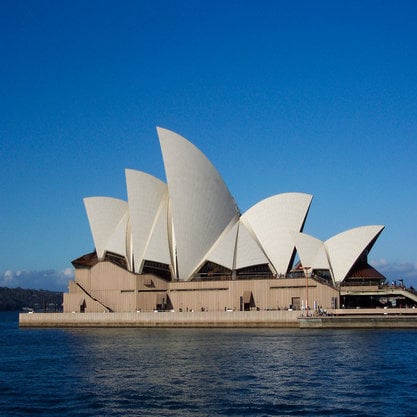Article
de Maistre, Roy (1894–1968) By Johnson, Heather
Article
Roy de Maistre was born in New South Wales and is recognized as an initiator of modern art practices in Australia. Aware of the new European painting schools of Post-impressionism and abstraction only through reading, de Maistre worked to devise a method of allying color tones with musical notes and used the findings to produce works stylized in form and colour. This interest in color, music, and decorative geometric form would characterize his future work. De Maistre also worked in design, first in the field of colour therapy for shell-shocked soldiers and later producing a colour wheel—patented as ‘‘The De Mestre Color Harmonising Chart’’—which gave directions for the matching of colours and tones and became very popular with interior decorators. In the 1930s, after moving to England, de Maistre joined the avant-garde group of painters centred round Herbert Read and the Mayor Gallery, London. He later became known as a painter of mainly religious works depicted in his highly coloured decorative cubist style. Besides being known for his own work, de Maistre is recognized for his formative influence on the British painter Francis Bacon and the Australian writer Patrick White.

